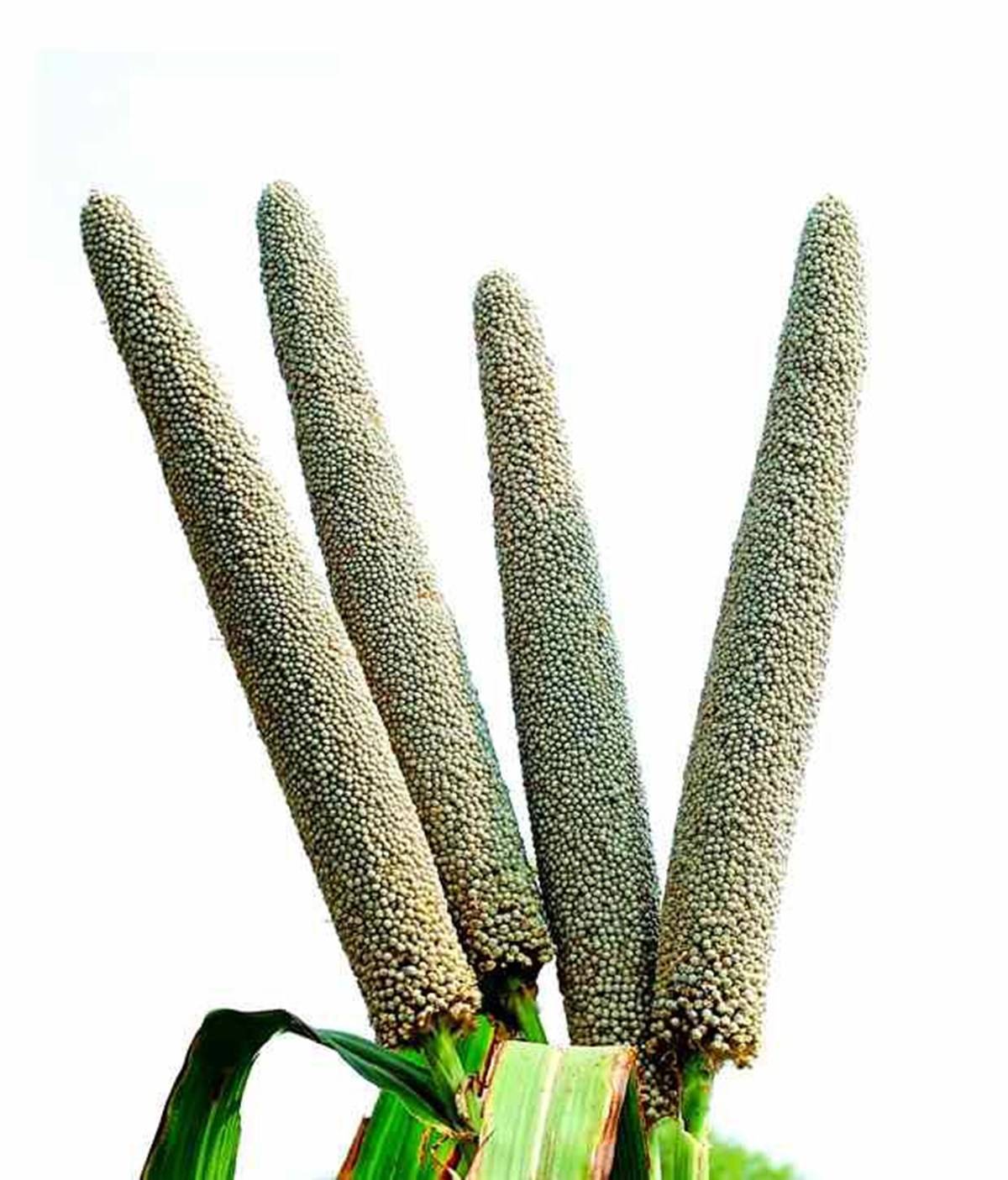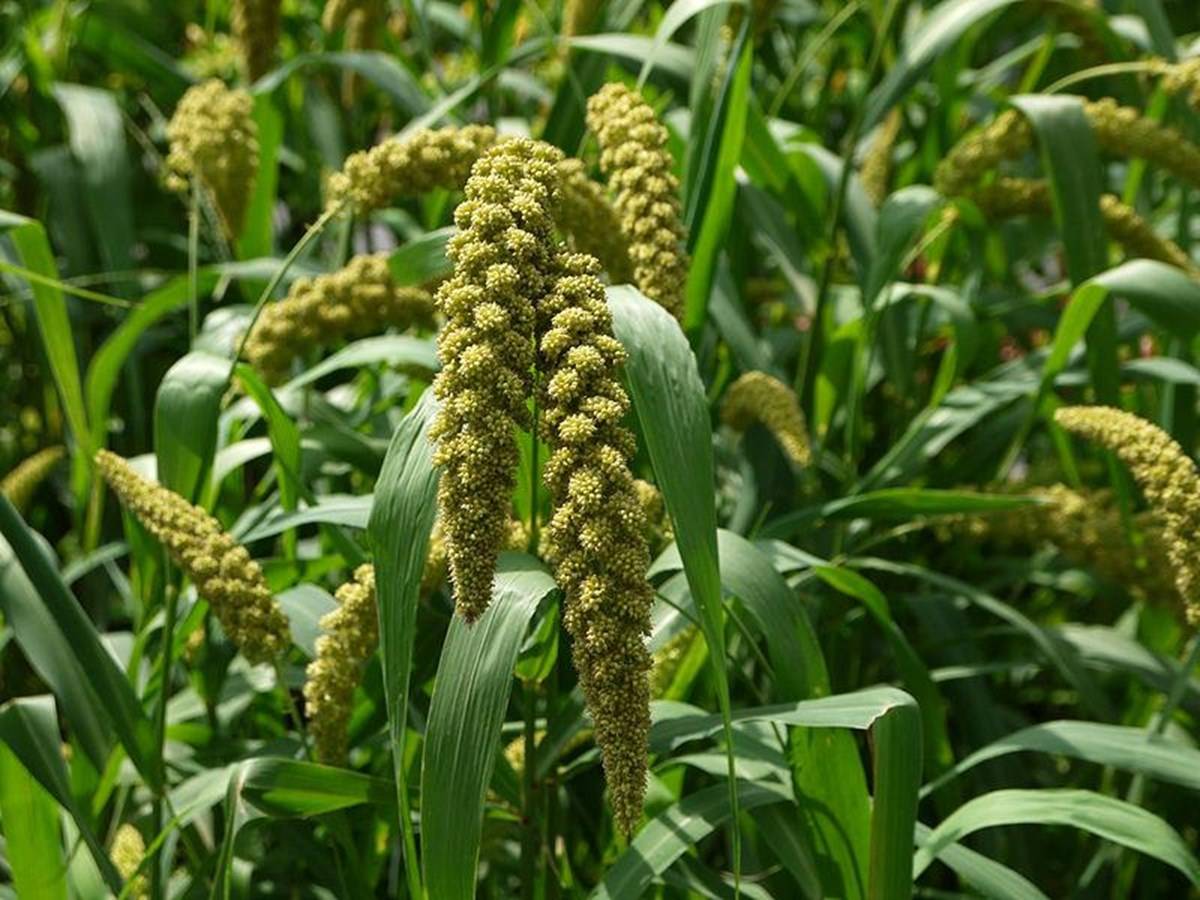
Green revolution and the journey to food security for the masses created new challenges for farmers on the future of food and agriculture in India. Challenges ranges from malnutrition, poor education and lack of infrastructure. The major focus had always been on Agriculture and sustainable livelihoods, but somehow we are not on the right track, since the problems remains the same. Several interventions focus on the irrigated crops and vegetables to enhance people’s incomes and secure their livelihoods. The government policies and systems have been favourable on the irrigated crops. At present the change needs to be identified keeping in mind the millets that got forgotten and were labelled unfit as an irrigated crop.
India needs to strengthen its policies in case of Millets. Is the government marketing the millets right? Millet need to be marketed sensitively and should be the effective tool against malnutrition in India. The Nutrient rich millets have always been a part of the diet from very early days of the human civilization. They gradually lost their importance to the new found grains. Millet based diets are rich in protein and gluten free, they are low on carbohydrate and contain high fiber. At present we see a trend towards making millet a part of sophisticated urban diets. We normally find Ragi as the Millet which is widely available everywhere, but the consumer needs to be made aware of other millets like Kodo and Kutki and its benefits. Due to the high demand of high protein foods in the urban society we also see a trend of high prices due to the lack of supply of these in higher quantity. The demands aren’t met with, which results in hike in prices to Kodo and Kutki being sold anywhere between 350-400 rupees a kilo.

Policy change always needs to address the infrastructure development in the areas where millets are grown and its cultivation needs to be taken care to increase the State Wise Productivity. It should be a very long drawn plan that should be in collaboration with the Universities, KVK and Agri Departments for bringing in a systematic plan for increasing productivity. Cultivation of several varieties should be encouraged and practiced. Agriculture departments and KVKs should plan for millet demonstrations and seed availability. The government should involve the millets in public distribution systems and in school Mid-Day Meals. The farmers who cultivate these indigenous crops should be given incentives and should be taught mixed cropping. The government should give them enough support to have machineries for grading, cleaning, packing and also to make value added products out of millet. Training facilities to be provided in Millets with respect to value added products. In this era of severe climate change, growing millets would be a welcome change in the rainfed areas.
Odisha is always a front ranking state in terms of policy making. The Government of India launched the Odisha millets mission in 2017 for revival of millets in farms and on plates. The programme aims at increasing productivity and house hold consumption, better processing and better realization of millets. More than 50,000 farmers had taken up Millets in the Kharif Season. The Government of Odisha procured Ragi at Minimum support Price of Rs 2897 per quintal.17985 quintals was procured last year from over 6000 farmers. The Government of India also launched a National Mission on Nutri Cereals. The Government of India has shown interest in adopting the learnings of the Odisha Millets Mission.








